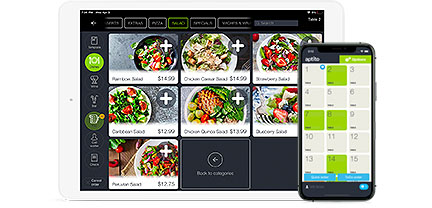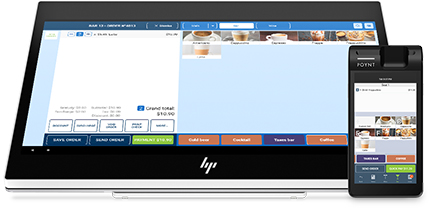Helping Your Customers to Feel Comfortable With POS Technology3 min read
When it comes down to exact levels of comfort that your customers are going to experience when faced with your transition to POS technology, prepare to witness a fairly wide acceptance chasm between the older baby boomers and the youngest ones, and even more of one when it comes to young adults of today. Today’s emerging status quo is raring to go with any form of progressive technology you can provide for them, while the oldsters of the boom generation are still standing with one foot firmly planted in the logic of yesterday. They worked long and hard to become adept at conducting their life and business affairs with the then standard technology, with all its limitations, and they don’t want to lose it. There is absolutely no amount of protest that is going to stop us from where we are headed, and those who “snooze,” will surely “lose.”
Mature (Technology-Resistant) Shoppers Still Represent a Big Chunk of Sales
The real issue here becomes one of determining the target market of their most prevalent shoppers, and then trying to come up with solutions for attracting and satisfying shoppers on either socio-demographic end of that group. There is a lot to be said for grandparent shoppers, as well as more mature potential customers who dine out frequently. While it’s a non-issue when it comes to enticing younger shoppers to engage with your POS technology, certain measures such as issuing valued shopper cards to everyone who shops or dines with you is essential for engaging your more mature shoppers.
Shoppers Need Cards for ID Purposes
Call them what you will: Club cards, Frequent Shopper cards, Customer Loyalty cards, or one of many other in-use names. These customer cards are essential, in terms of opening the door to make all the right connections and enable the highest degree of intelligent customer service. customer loyalty cards have been in use for decades now, although not all merchants are availing themselves of the full benefit from using them. The first places of business to implement these cards was grocery stores, and over the years, there must have been problems here and there with line holdups. Most would occur with true frequent customers who had forgotten or lost their cards, and in a somewhat desperate effort to receive the discounts which a card would give them, they would search for other card carrying shoppers, requesting the use of their card at checkout.
Where it Went Wrong
Not that we ever want to feel like we are shopping in a police state, there does need to be better methods in place for regularly gathering information pertaining to each customer, the items they buy, the places they shop, the day of the week and the time of day, too. Many grocery stores were able to circumvent this issue by allowing shoppers to simply enter an associated phone number at checkout, which, for some reason, “feels” more friendly to more mature shoppers. There are still some grocers who, when they are checking out cardless shoppers, simply scan a card they have for such purposes at the register. Now what good is this?
Moving on Forward
Tech-savvy customers will be thrilled to find a number of applications that will enable them to shop from home and with their smartphone from anywhere – and pick up their purchases the same day. In the interim, merchants need to provide surveys for all their customers, and feature special sections for mature shoppers, where they can gather critical information about how to make their shopping experience with POS more comfortable and easy.



